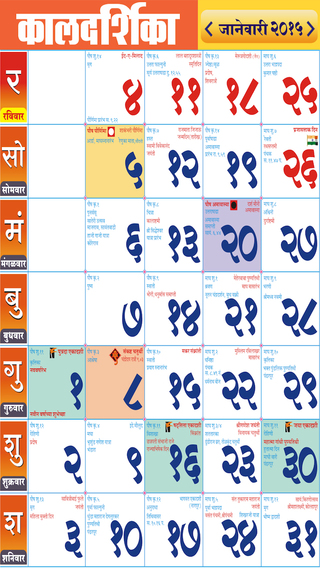This program performs 3 functions and is written for HVAC contractors or anyone interested in checking HVAC filtration performance. The first function is to determine if an HVAC system has an adequately sized return opening allowing the unit to breathe properly. The second is to determine if upgrading to a higher level (MERV) filter could be restrictive to the system thus causing operational issues. The third is to gather the various return filter sizes to quickly e-mail back to your office for filter ordering.
Most home HVAC systems tend to use the lower end filters, MERV 4 or so. While these are the most economical, they actually do little more than stop pollen, dust mites and carpet fibers. Perhaps you have noticed dust accumulating on the horizontal surfaces of your home. Unless you keep your windows open a lot, the dust is a side effect of poor HVAC filtration. If you want to reduce the amount of dust, step up to a MERV 10 or so.
An easy way to pick your filter is by knowing what you want to filter out of the air. Some examples are:
•MERV 5 to 6 - Lint & Heavy Dust Particles
•MERV 8 or 10 - Settling/Average Dust Particles, Mold Spores, Dust Mite Debris, Pet Dander, Pollen
•MERV 11 - Suspended/Fine Dust Particles, Mold Spores, Dust Mite Debris, Pet Dander, Pollen, Auto Emissions
•MERV 12 - Suspended/Fine Dust Particles, Mold Spores, Dust Mite Debris, Pet Dander, Pollen, Auto Emissions, Bacteria
•MERV 13 - Suspended/Fine Dust Particles, Mold Spores, Dust Mite Debris, Pet Dander, Pollen, Auto Emissions, Bacteria, Sub-Pollen Particles, Pollution, Most Viruses
Resist the temptation to upgrade your filter beyond MERV 12. The supply fan for your HVAC system may not be able to overcome the resistance (pressure drop) these filters require. Remember that the resistance of the filter will steadily increase as it gets dirty, which will decrease your system’s air flow. A good test is to measure the air temperature at one of the supply registers before you upgrade the filter. Then remove the filter and measure the temperature while there is no filter installed. Compare it to the first measurement. The two temperatures should be very close. The last part of the test is to measure the temperature after installing your new filter. If there is a change beyond 3 degrees, you will want to monitor the HVAC system’s performance and note if it still heats or cools your home adequately.
| 熱門國家 | 系統支援 | 版本 | 費用 | APP評分 | 上架日期 | 更新日期 |
|---|---|---|---|---|---|---|
| 未知 | Android Google Play | 1.1 App下載 | 免費 | 1970-01-01 | 2015-03-09 |





